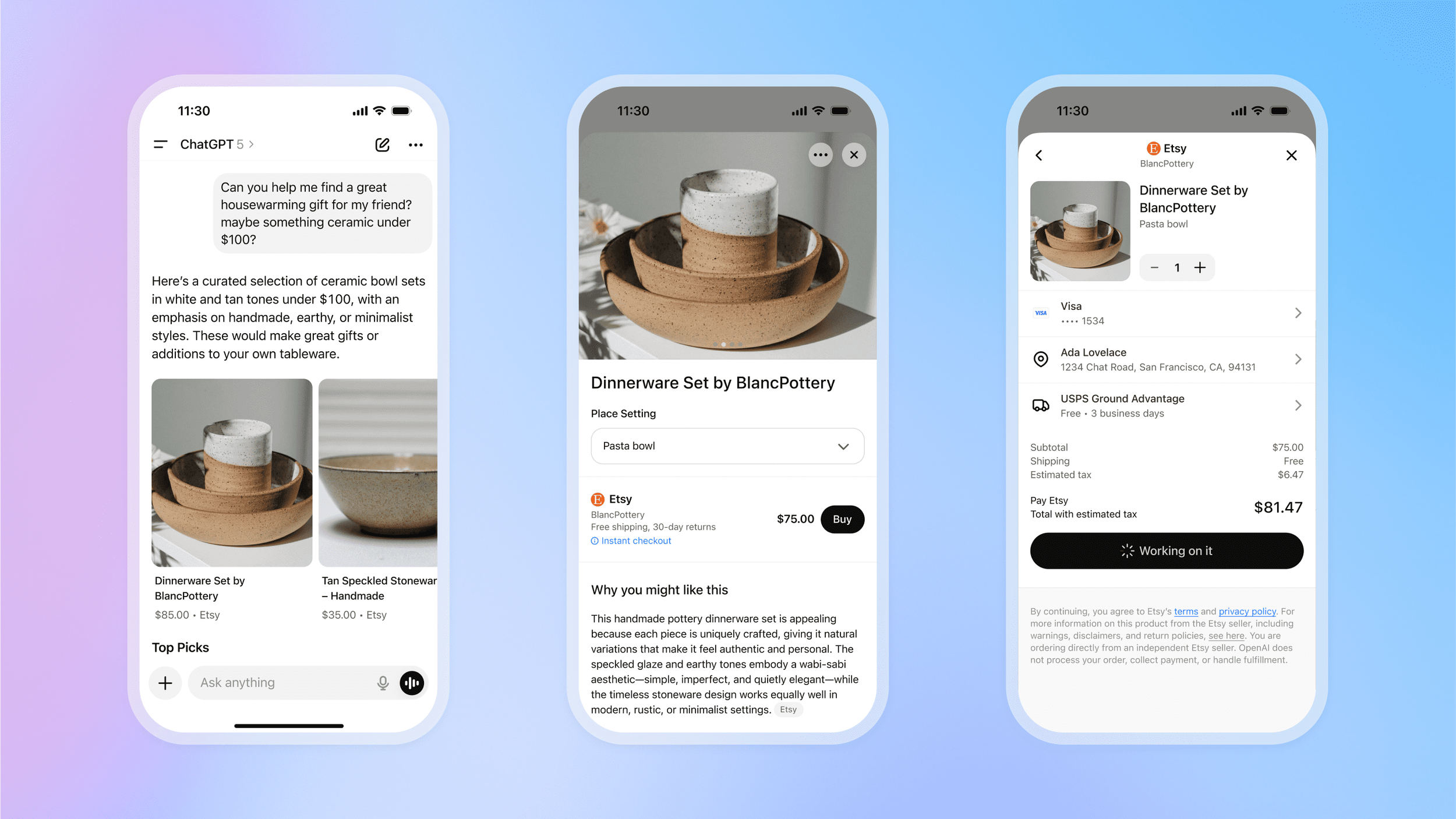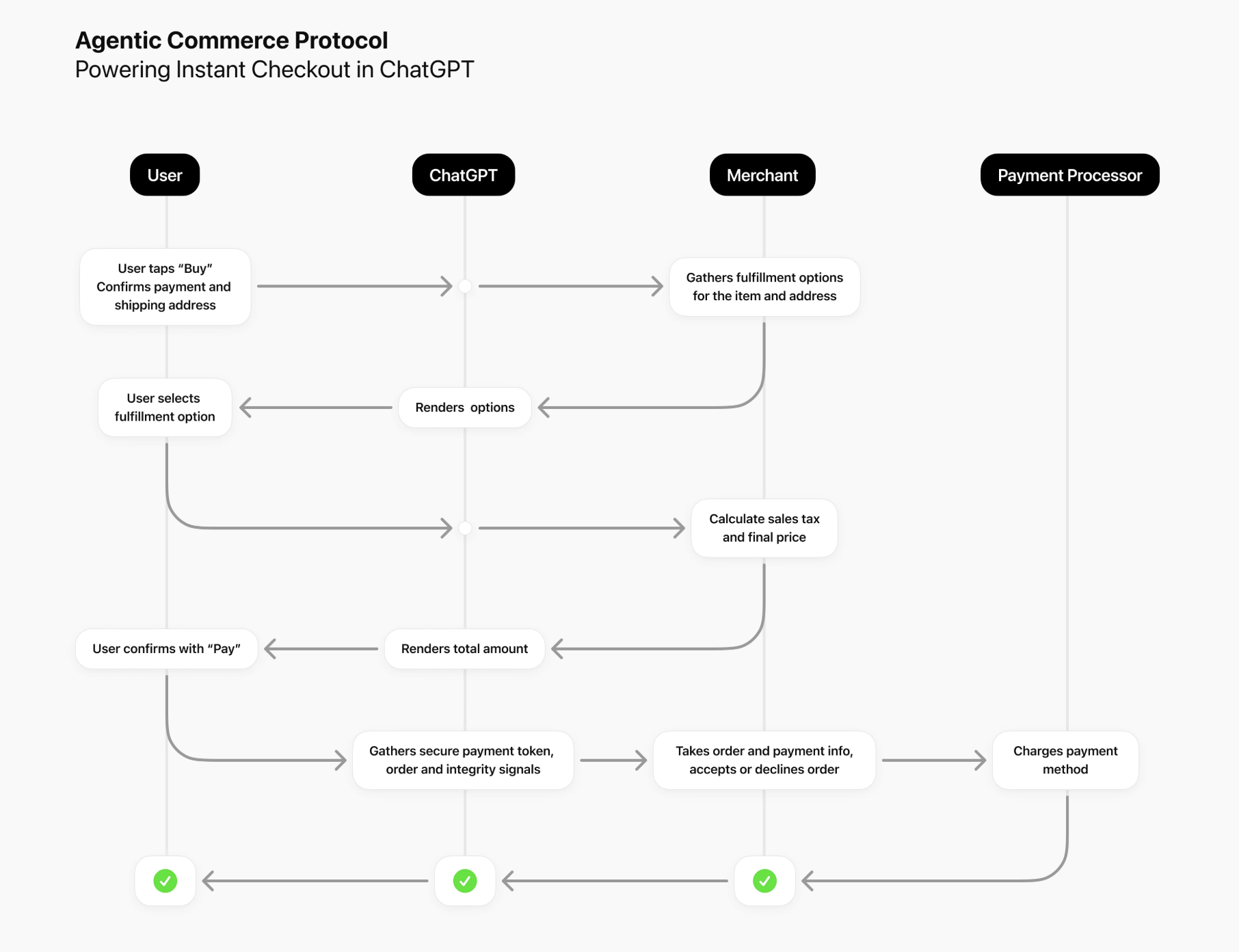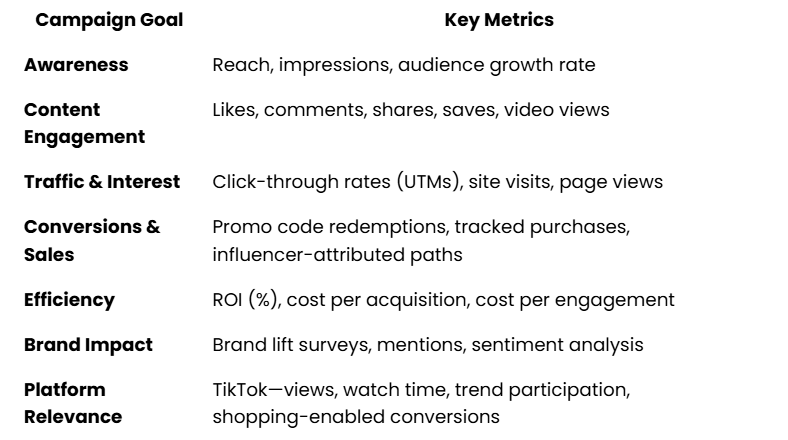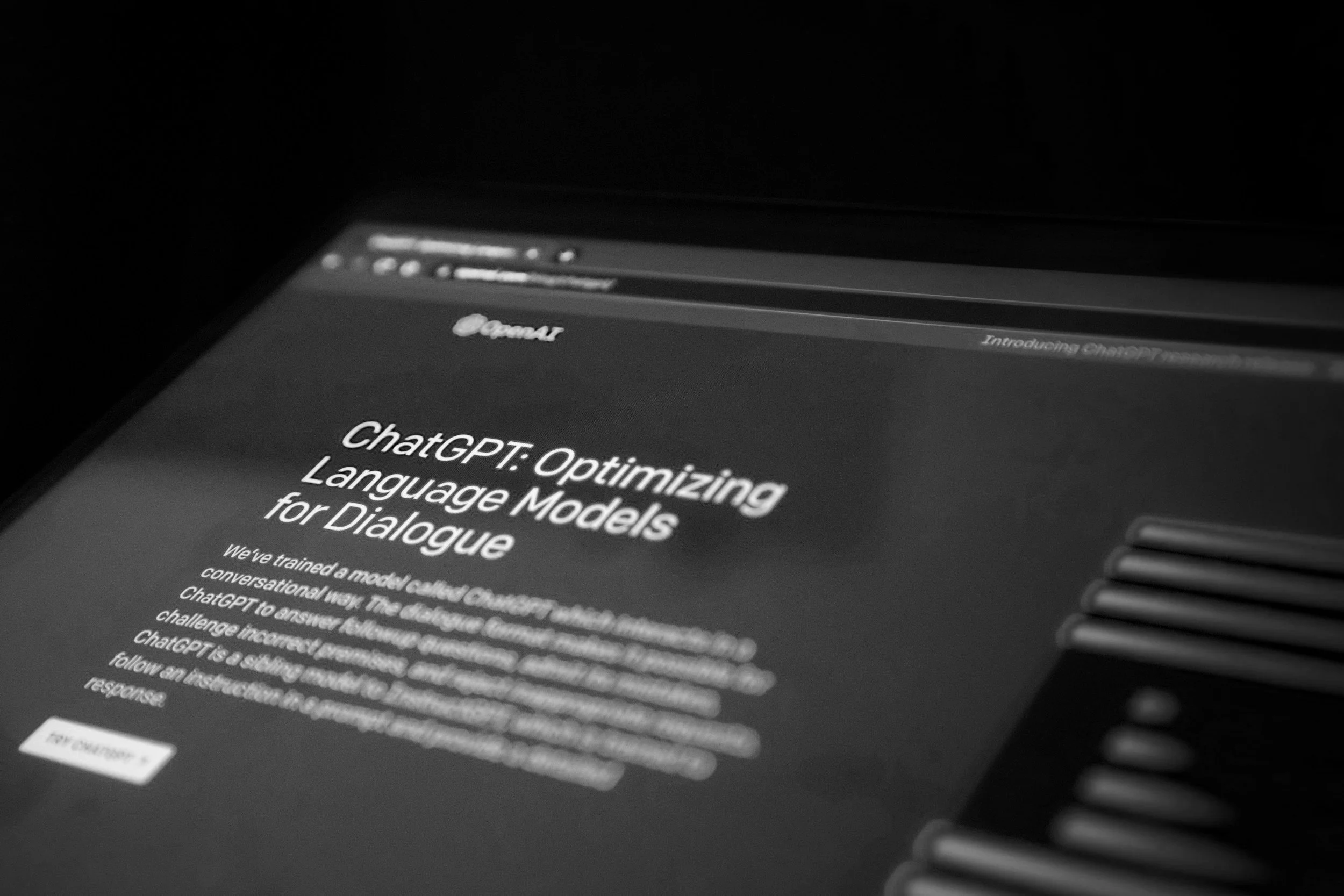Pinterest advertising delivers impressive ROI for premium fashion brands targeting style-conscious consumers—but many brands still view it as purely an inspirational platform rather than a conversion driver.
The Pinterest Advertising Opportunity Backed by Industry Data
Fashion brands often wonder where to invest their advertising dollars for the best return. Recent analysis of Pinterest campaigns for premium fashion brands reveals the platform can deliver significant revenue impact beyond brand awareness. This performance aligns with broader industry findings. Measured's latest 12-month data from more than 70 incrementality tests shows Pinterest consistently outperforming other view-based social platforms in incremental ROAS. And yet, Pinterest is still often thought of as a secondary social platform.
When executed strategically, Pinterest campaigns have generated substantial conversion volumes and revenue attribution that rival traditional advertising channels. The data suggests many fashion brands are missing a significant opportunity by under-allocating Pinterest in their media mix.
Success on Pinterest is built around two core strategies that leverage the platform's unique targeting capabilities: keyword-targeted prospecting campaigns and engagement-based retargeting campaigns.
Why Pinterest Works for Fashion: The High-Intent Advantage
Pinterest offers something unique in the social landscape that particularly benefits fashion brands. As industry measurement experts note, Pinterest creates a high-intent environment where users actively search for inspiration tied to life events, seasonal moments, and specific product categories—meaning ads are often welcomed, not skipped.
In addition, Pinterest attracts a distinctly spending-focused audience compared to other social media platforms. Over half of Pinterest users (55%) are willing to make purchases of $50 or more, and they're twice as likely as TikTok users to spend $150 or more on a single purchase. This contrasts sharply with TikTok, where lower-priced products tend to perform better.
Fashion brands achieve stronger performance when they align Pinterest campaigns with natural shopping cycles and provide customized creative for keyword targeting. Spring, summer, and holiday campaigns that capture users during active wardrobe planning periods typically see the strongest results, taking advantage of Pinterest's longer consideration cycles where content has a longer shelf life than ephemeral content on other platforms.
Retargeting for Proven Performance
Retargeting campaigns consistently emerge as conversion champions, reaching website visitors and engaged users with targeted messaging. In our experience, these campaigns tend to maintain steady month-over-month performance, with strong conversion rates and revenue attribution that validate Pinterest's place in the marketing mix.
This performance becomes even more significant when viewed through proper measurement frameworks. While Pinterest's strength in influencing consideration and purchase over slightly longer time horizons is often undervalued in last-click attribution models, incrementality testing reveals the platform's true business impact.
Prospecting Through Strategic Keyword Targeting
Fashion and seasonal keywords provide powerful opportunities to reach new audiences actively searching for style inspiration. Using a structured approach with multiple keyword groupings paired with specialized creative for each segment has proven effective across client campaigns.
Premium Keyword Investment Strategy
When certain keyword groupings dominate spend early in campaigns, implementing a tiered approach allows for better budget distribution and optimization. This structure has helped brands achieve significant month-over-month spend increases while maintaining or improving efficiency, often seeing revenue gains of 30% or more from keyword targeting optimization.
These performance gains validate industry observations about Pinterest's measurement advantages. The platform's improved ad tech stack helps advertisers better target and measure performance, revealing incremental growth that might otherwise remain hidden.
Attribution Success Across Multiple Models
Platform-Attributed Performance
Pinterest's native attribution tracking shows strong results across client campaigns, with conversion volumes that demonstrate the platform's ability to track user journeys from initial engagement through final purchase.
Last-Click Attribution Validates Impact
Google Analytics data consistently confirms Pinterest's impact through last-click attribution, typically showing:
Strong user acquisition through Pinterest paid social
High-quality sessions with impressive engagement metrics
Engaged session rates often exceeding 30%
Meaningful revenue attribution through last-click measurement
The combination of platform and last-click attribution provides confidence in Pinterest's true impact on customer acquisition. This dual attribution success addresses a critical industry challenge: platforms like Pinterest often don't shine in click-based metrics, but prove their value when you measure what actually moves the business through proper incrementality testing.
Creative Performance Highlights
Video Content Excellence
Pinterest's video capabilities prove especially valuable for showcasing fashion products:
Video view times consistently exceed platform averages
Total video views can reach impressive volumes across campaign portfolios
Longer video engagement correlates with higher-value keyword audiences
User Engagement Quality
Analytics data reveals impressive user behavior patterns:
These engagement patterns reflect Pinterest's unique proposition: users approach the platform in a discovery mindset, actively seeking style solutions and inspiration. This emotional state creates ideal conditions for fashion brands to showcase products, build desire, and drive purchases.
Strategic Takeaways for Fashion Brands
Pinterest Users Shop with Intent
Strong conversion rates across campaign types reveal that Pinterest users approach the platform with purchase intent. They arrive ready to discover and buy, making Pinterest a valuable addition to a fashion brand's advertising mix. This shopping behavior explains why Pinterest consistently ranks at the top among view-based social platforms in industry performance benchmarks.
Attribution Modeling Matters
By tracking both platform-attributed and last-click conversions, brands gain a complete picture of Pinterest's impact. Platform attribution captures the full customer journey, while last-click attribution validates final conversion moments. Monitoring both metrics helps brands understand Pinterest's role in the conversion path.
This measurement approach is crucial because Pinterest's performance might be hidden from view if you're relying solely on last-click, pixel-based attribution to make budget decisions. With proper incrementality testing and unified measurement frameworks, the signal becomes clear: Pinterest delivers strong, measurable incremental ROAS.
The Opportunity Cost of Under-Investment
Despite proven performance, Pinterest remains under-allocated in many media plans. Fashion brands often fall into common perception traps: viewing Pinterest as niche, lacking the headline-grabbing appeal of other platforms, or undervaluing its longer-term influence in favor of immediate click-based metrics.
This misalignment represents a significant opportunity cost. Industry data suggests advertisers stand to benefit meaningfully from increasing their budget allocation to Pinterest, especially when paired with strategic campaign management.
The Pinterest Advantage for Fashion
Pinterest's evolution into a conversion-focused platform creates unique opportunities for brands targeting style-conscious consumers. The platform's combination of visual inspiration and shopping intent provides an environment where fashion brands naturally excel.
The dual attribution success we consistently observe—strong performance in both Pinterest's native tracking and Google Analytics measurement—provides confidence that Pinterest delivers measurable business impact beyond vanity metrics. When combined with industry-wide incrementality testing that shows Pinterest outperforming other view-based social platforms, the case for increased investment becomes compelling.
Getting Started with Pinterest Advertising
Ready to explore how Pinterest advertising can drive revenue for your fashion brand? The key is approaching Pinterest with the same strategic rigor as other major platforms, using proper measurement frameworks to capture its full business impact.
Next Steps:
Connect with your account team to discuss Pinterest advertising strategy for your fashion brand
Schedule a consultation to explore Pinterest campaign opportunities
Implement incrementality testing to measure Pinterest's true impact on your business
Discover how we help brands maximize Pinterest advertising performance
If Pinterest isn't at least in the mix for your fashion brand, and treated with strategic importance backed by proper measurement, you may be leaving incremental growth on the table.
